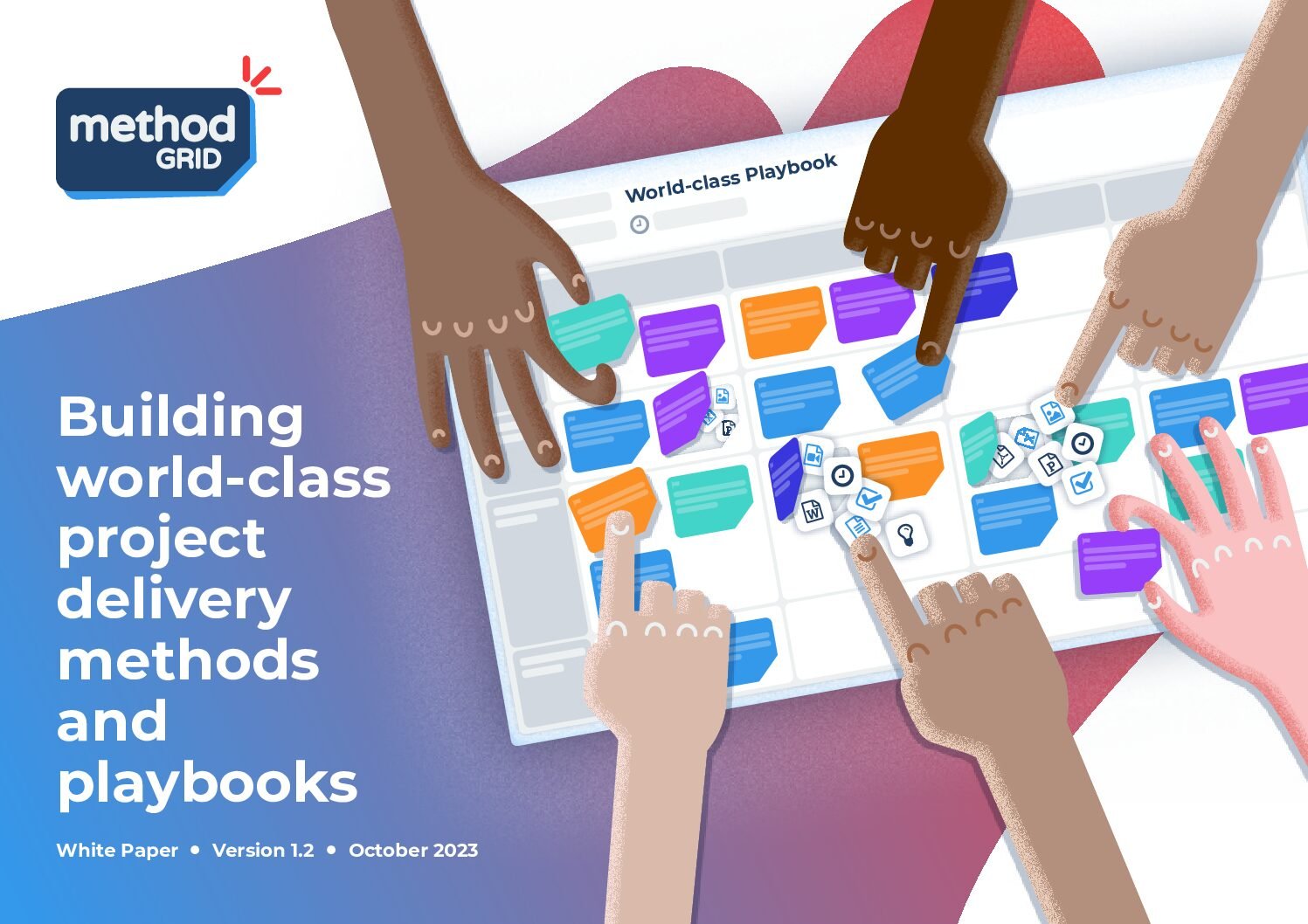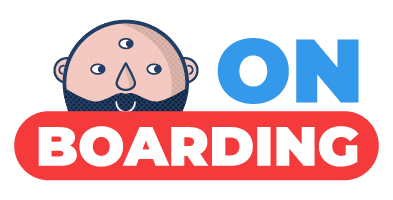As a business grows it inevitably needs to hire staffing to meet an ever-increasing number of roles. It is self-evidently important that new staff are welcomed into a business and have a clear understanding of how they fit within it.
In this series of articles, I am going to examine the benefits of having clear methodologies in place for the hiring, transfer and departure of staff and how this can positively impact on a business’ growth and productivity.
In this first article I will focus on onboarding and the welcoming of new staff to the business. In subsequent articles I also look at crossboarding and preboarding.
What is onboarding?
An employee onboarding process includes all of the activities an employer undertakes to transition a new hire from day one to becoming a fully successful and productive in their new role. This process starts as soon as a candidate accepts a job and should, ideally, continue well beyond the first 30 days of employment.
Why is onboarding so important?
Studies show that a good onboarding procedure can increase employee retention by up to 82% 1 and staff who complete an onboarding process are 58% more likely to still be at the company after three years 2.
Almost 90% of new hires decide whether to stay with a company within the first six months 3 with 22% of staff turnover occuring in the first 45 days 4.
With the average US employer spending $4,000 to hire a new employee, a diligent and thorough onboarding process to welcome new hires to the company in order to ensure they feel valued and involved from the get-go is a no-brainer investment in time and effort.
Method Grid is commonly harnessed to build comprehensive staff onboarding programmes – see a case study here which further emphasises the benefit of company attractiveness (with the signalled evidence of such professional programmes). Simply put, the existence of comprehensive, considered induction programmes is evidence of a company that takes professional development seriously. This will improve your offer-to-acceptance ratios in the context of the war for motivated talent.
The value of productive employees
In addition to reducing the financial impact of staff turnover, there are many other financial benefits of orderly employee onboarding.
By efficiently inducting employees, employers can expect to see an increase of productivity by up to 70%; an onboarding programme can decrease a new hire’s ramp time by 30% 5 by developing more engaged and – therefore – more productive employees throughout their role.
An employee who has fully embraced the culture and ethos of the business, and feels welcomed and valued for their contribution will be, by obvious corollary, engaged and invested in their role.
It has been shown that companies with a highly engaged workforce can experience a 19.2% growth in operating income over a 12-month period. Conversely, companies with low engagement scores earn an operating income 32.7% lower than companies with more engaged employees 6.
If there is ever a reason not to invest in consistently well-executed staff onboarding, financial efficiency is not one of them!
What your onboarding procedure should include
Onboarding includes all of the activities that take place to get an employee fully settled into their new role. From a signed acceptance letter through to full role training and induction in company policies and procedures, there is a necessary emphasis on knowledge dissemination and orderly process in any standard onboarding processes.
Employers with the highest levels of success from their onboarding process add a personal dimension to the consistently-excellent standard experience; for example, with a buddy mentor system involved also.
We will get into more detail as to the key actions you should take in a future blog: ‘Checklist for Successfully Onboarding an Employee’. Suffice to say for now, that automating as many onboarding process steps/tasks as possible allows you to build a repeatable, streamlined methodology that avoids missing any vital steps. This, in turn, ensures all new employees are equipped with the same knowledge and skill set development as required to fully embrace their new role.
Method Grid offers a fully adaptable platform to create your employee onboarding procedure, pulling together all of your checklists, key documents, knowledge and training assets and links in an integrated, easy-to-follow manner. A master grid can be cloned and personalised to each new hire (access can be provided prior to starting their role as part of their pre-boarding experience). See our free staff induction example here.
You can sign up to your free account here, or get in touch to find out how we can help you create a tailored and branded platform for your own professional staff onboarding experience.
Summary
Onboarding a new employee requires an investment of time and money. The facts show, however, that a consistent, thorough onboarding process that goes beyond simple introductions and initiations reaps rewards in terms of higher staff retention, increased engagement and ultimately higher productivity and profitability.
Comprehensive (and consistent!) staff onboarding (as enabled by platforms such as Method Grid) is an investment well worth making.
Footnotes
- Glassdoor Research; ‘The true cost of a bad hire’, Accessed May 2020: https://b2b-assets.glassdoor.com/the-true-cost-of-a-bad-hire.pdf
- The Wynhurst Group; ‘Help New Hires Succeed: Beat the Statistics’ ; Accessed May 2020: http://thewynhurstgroup.com/wp-content/uploads/2014/07/Help-New-Hires-Succeed.pdf
- SAP Research
- The Wynhurst Group; ‘Help New Hires Succeed: Beat the Statistics’ ; Accessed May 2020: http://thewynhurstgroup.com/wp-content/uploads/2014/07/Help-New-Hires-Succeed.pdf
- Entrepreneur.com; ‘Yes, Believe It: You Can Measure the ROI of Your HR and Culture’; Accessed May 2020: https://www.entrepreneur.com/article/307152
- TLNT.com; ‘Show Me the Money: The Bottom Line Impact of Employee Engagement’; Accessed May 2020: https://www.tlnt.com/show-me-the-money-the-bottom-line-impact-of-employee-engagement/












